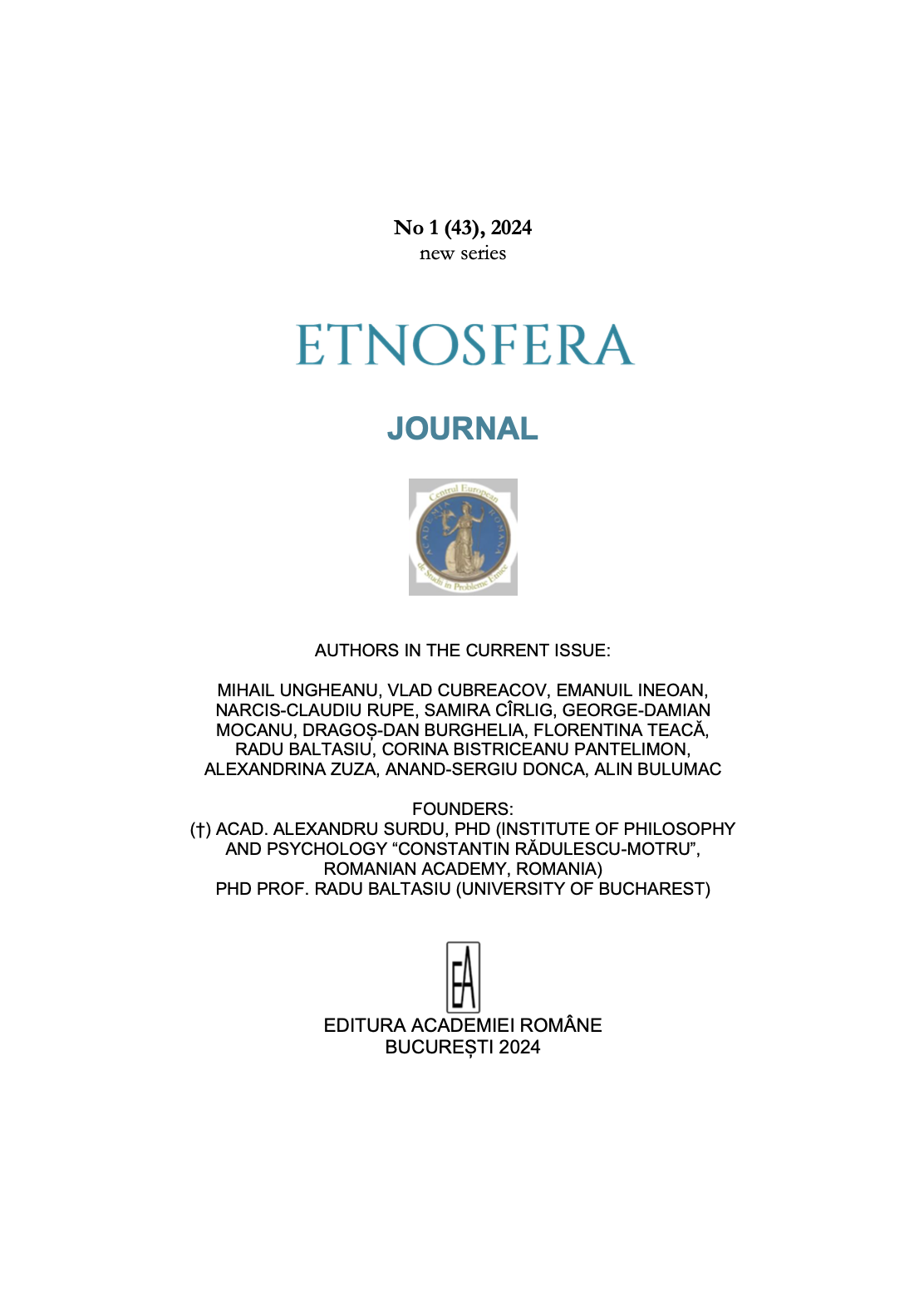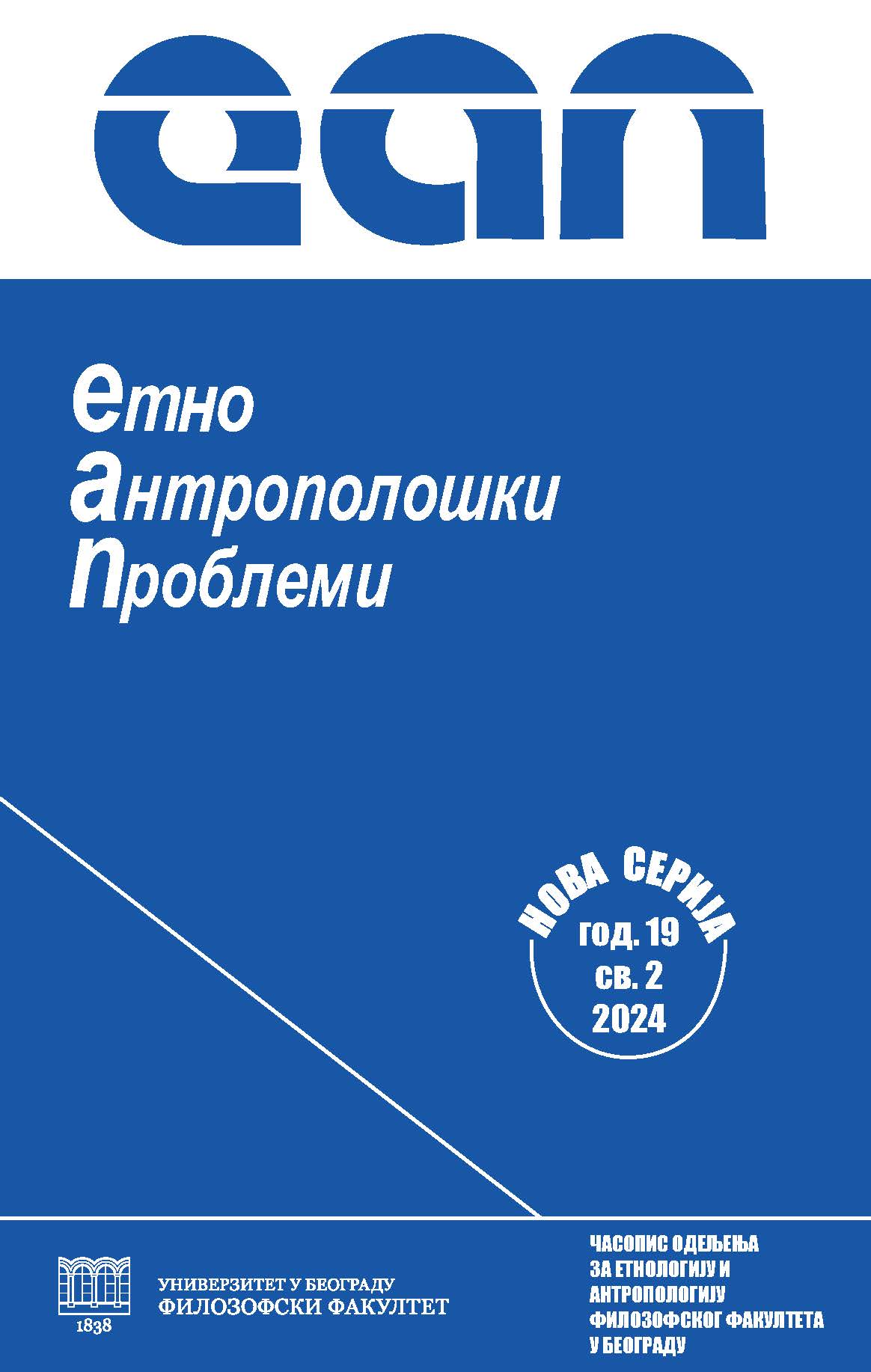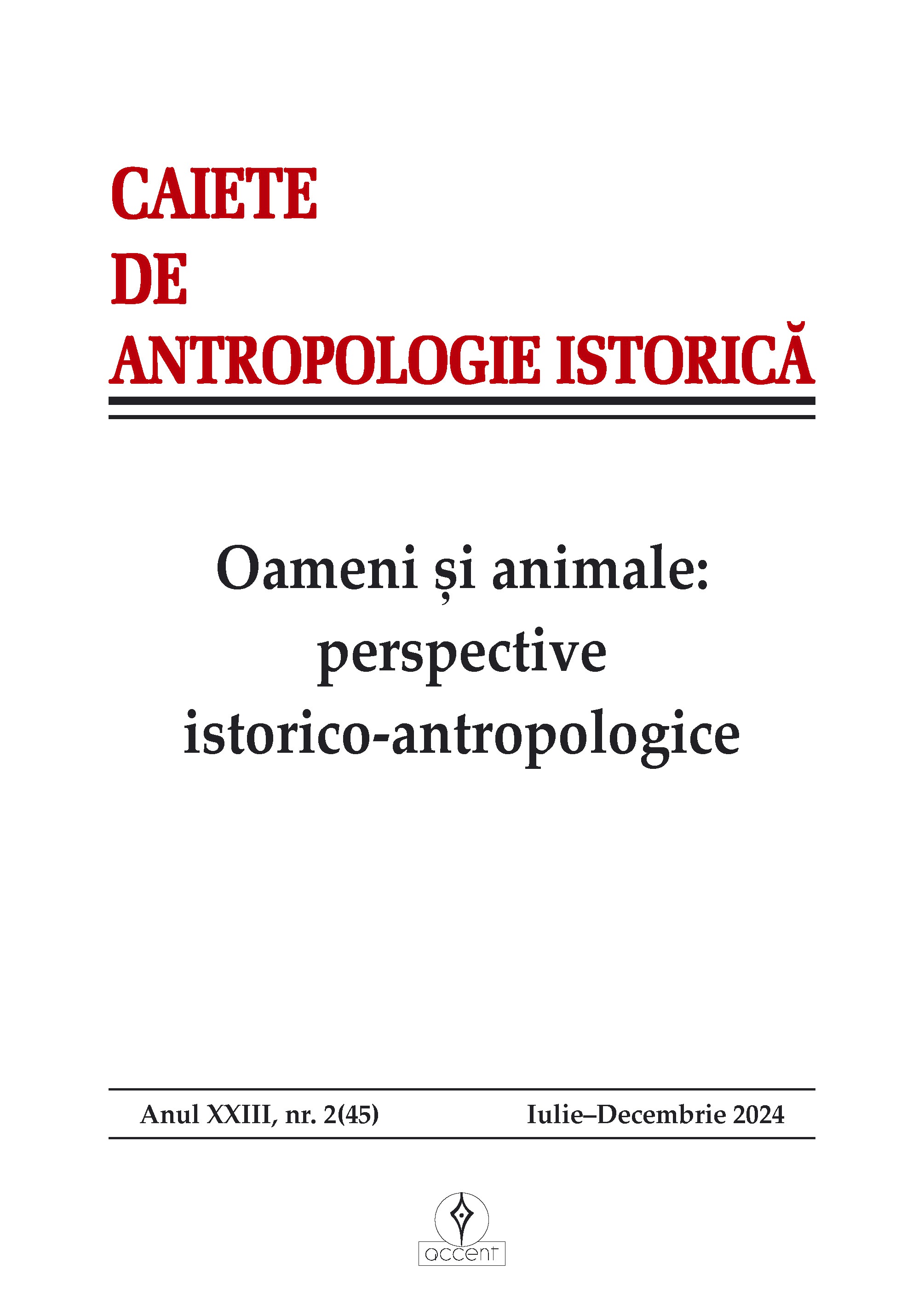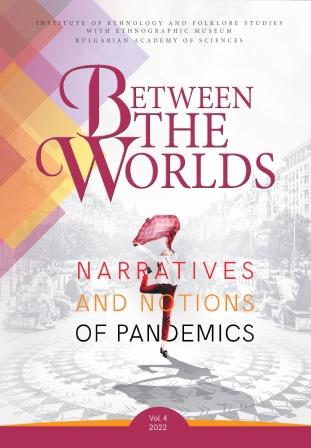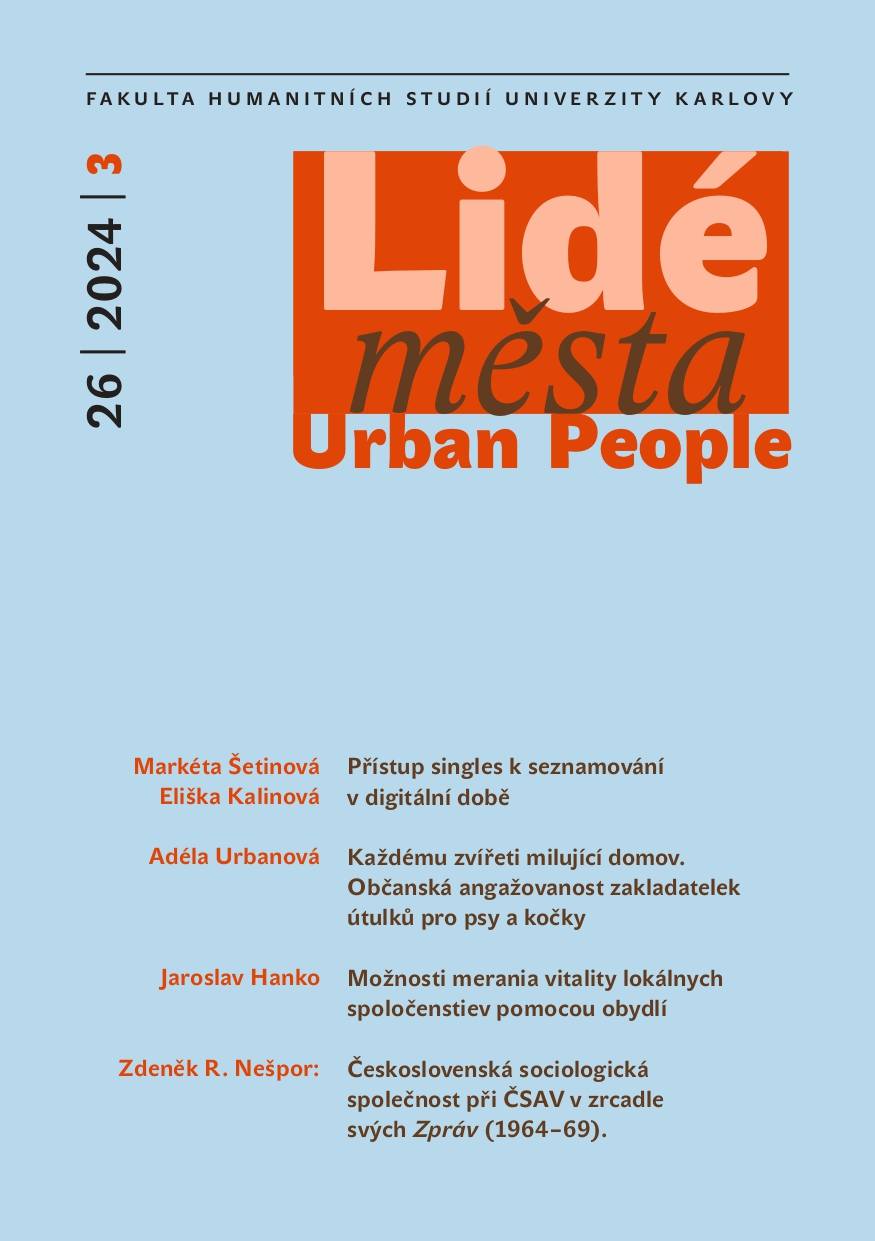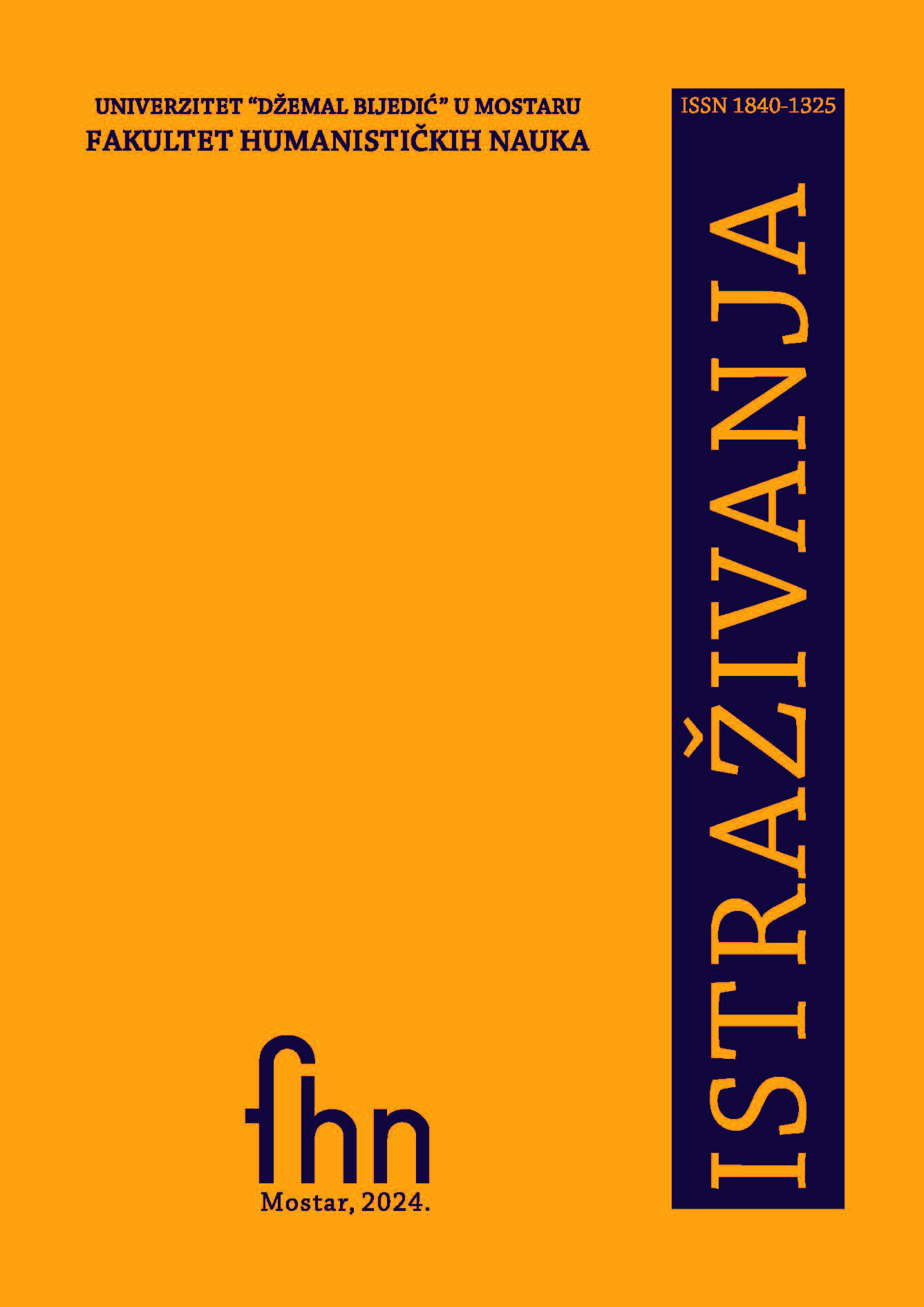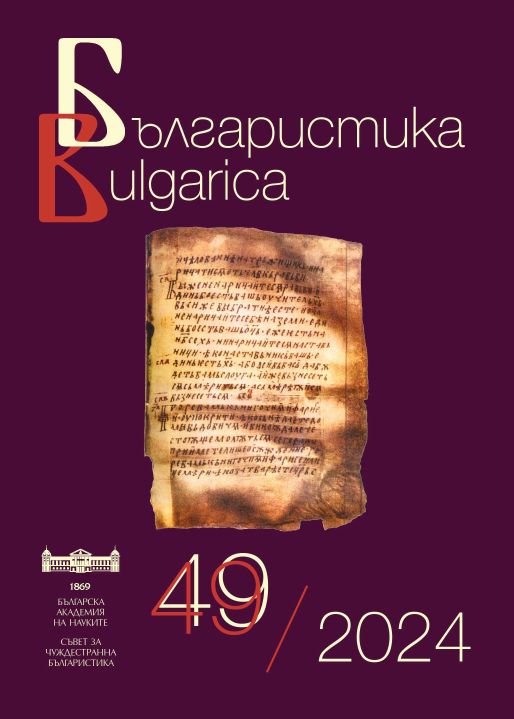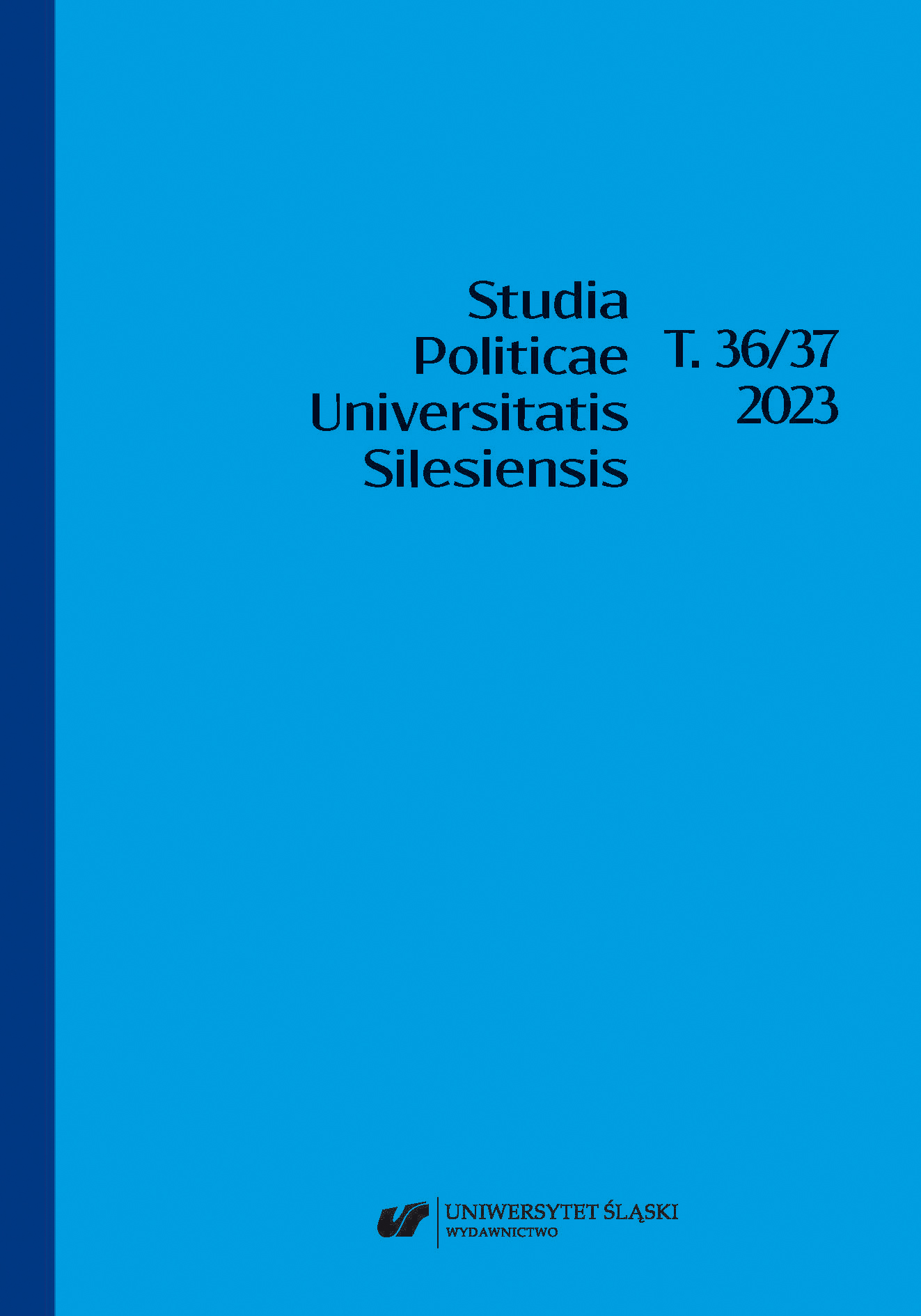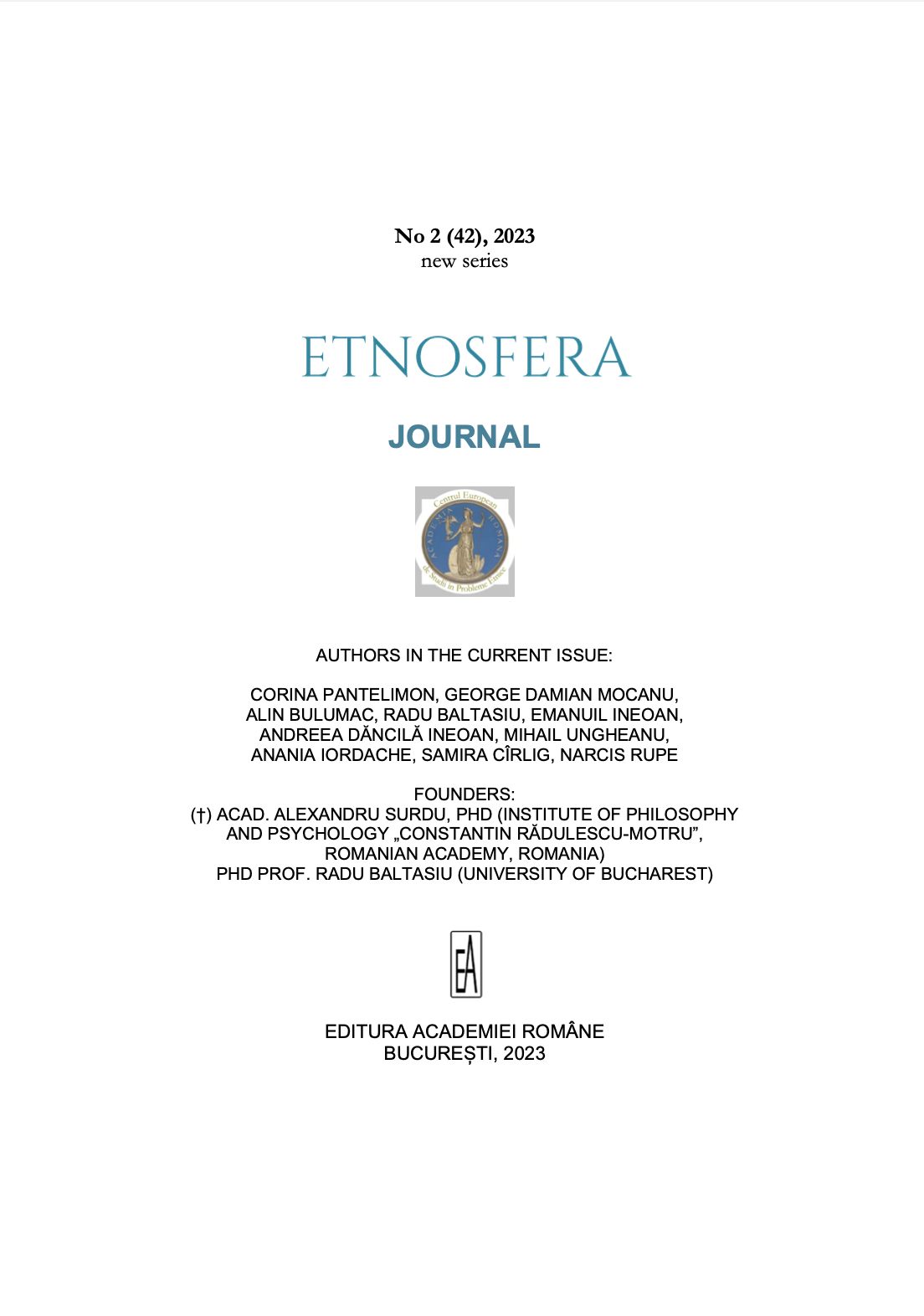
Marriage and ethnic culture
Culture is the most important characteristic of humanity, and it is reflected especially by thespiritual creation of a community. Within a community, there are certain focal points or generators ofculture, which are defined by the fact that they form a certain type of spiritual sociality. Among these,the family is very important. As an act of founding and strengthening the family, marriage carries andgenerates family culture and, consequently, ethnic culture as well. In Romanian culture, marriagemeant a very well-defined passage ritual that leads to the transfiguration of the spouses, especially thewife, to the consecration of the family union, and to the offspring’s legitimation. At the same time, marriage is a mythical scenario, with Christian and pre-Christian religious implications being visibleboth in communal rituals and in popular, artistic, or spiritual creations. The changes made in thedefinition of culture, morality, and marriage, unsupported by ethnic tradition, destroy this connection.Marriage defined only from a social or legal point of view, the diversification of types of cohabitationthat imitate or replace conjugal family, risk differentiating themselves from or even opposing theculturally accepted formulas and, thereby, changing the purpose of the marital relationship fromfounding and strengthening the family to one of opportunity, favourable to certain social groups.
More...
